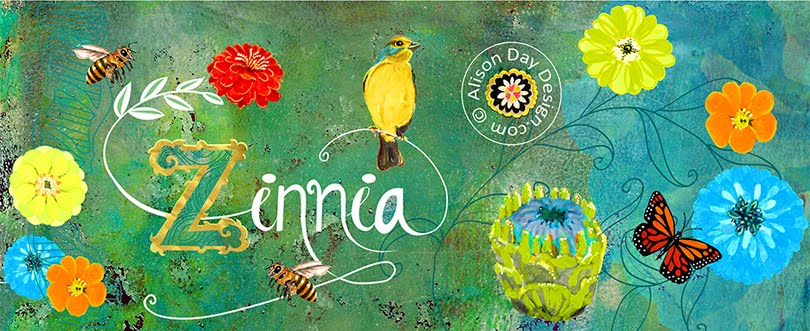Hot off the press, in the hands of Jo Parfitt (Summertime Publishing).
Recently, I was asked by Jo Parfitt of Summertime Publishing to help with the re-publication (4th) of Letters Never Sent by Ruth van Reken. This involved resetting the internals and designing a new cover. Designing the cover was wonderful - it does something when one of your designs becomes a fully-fledged book cover! Resetting the internals, however, was initially not so wonderful and became a very steep learning curve for me indeed: learning a new program, intermittent major rants, as well as loads of cups of tea. But now, mission accomplished, it's out there and I'm very pleased to have been involved in its re-issue.
Letters Never Sent, is a series of letters written in retrospect by Ruth van Reken to her parents. Although never actually posted in letter form, it is her way of documenting her earliest childhood memories, not only for them, but for herself too. In the letters, she tries to explain the separation and loneliness she experienced, whilst her missionary parents were out doing 'God's work' on placements in other countries than where she was.
From a young age, Ruth didn't see her parents for long periods of time, and we can feel the struggle and ensuing sadness inside her. We follow her journey from young girl to adult woman; notice her unwavering faith in God and her attempts to be happy and 'cope'. Often-times she is aided by a deep self-examination and an underlying feeling of shame, which emerges as her survival mechanism. All this is coupled with supportive friends, teachers and supervisors - her second family at boarding school - who help to establish her identity. Later, we are privy to her continuing journey through life: her marriage, the start of a family, and eventual following in her parent's footsteps.
Ruth van Reken is one of many whose childhood circumstances have led them to be referred to as TCK's (Third Culture Kids). This classification arises when a child lives in a third culture to which it is not native and is alien to those cultures its parents originate from. Although not a native to the third culture, the child will take it on in order to form an identity, and in doing so help to stabilize feelings of unrest or insecurity. As the movement of people the world over increases, so do the number of TCKs and global nomads at large. As a result this story may evoke a few 'Aha!' moments or a sympathetic understanding from those with similar histories.
Letters Never Sent is an insightful, poignant and interesting read for all, regardless of your religious affiliations.
For your own copy of Letters Never Sent, you can purchase it on Amazon as a Kindle edition or as a paperback .
Review: Expat Bookshop (16.04.12)
© Alison Day Designs






